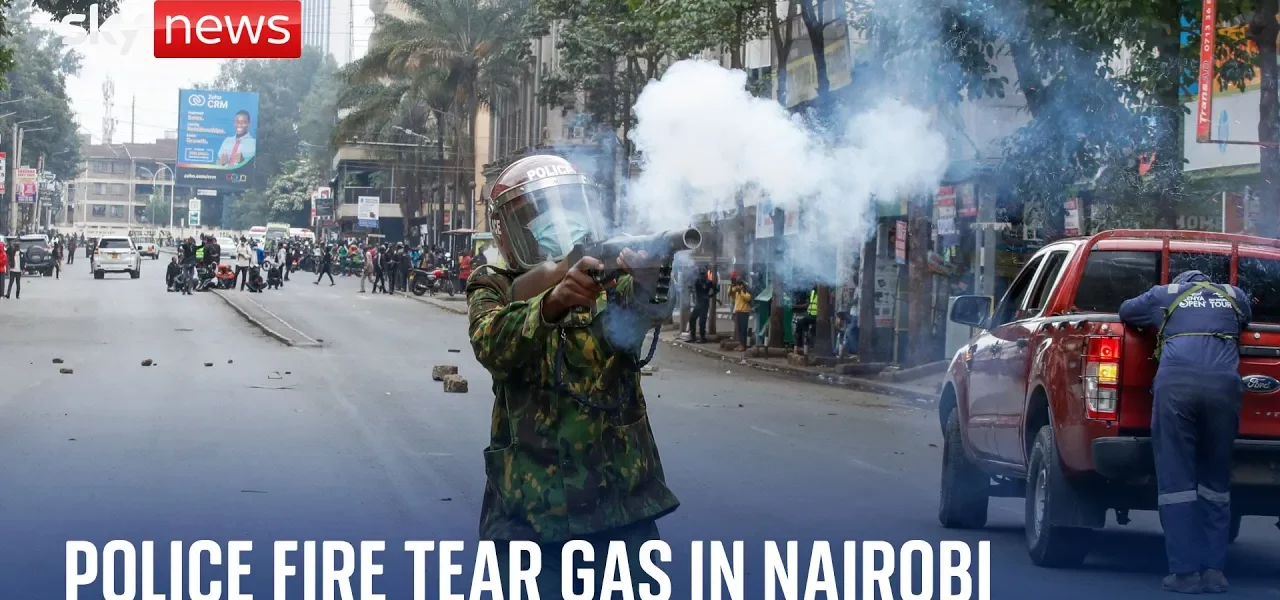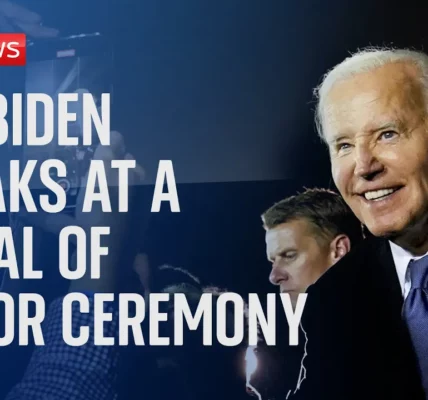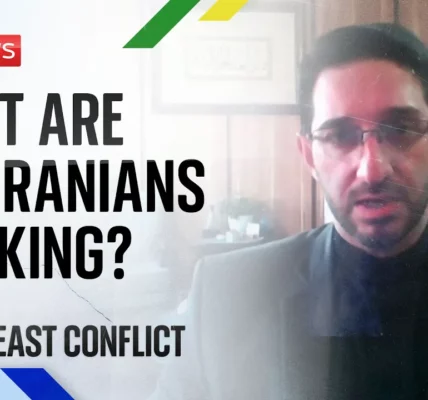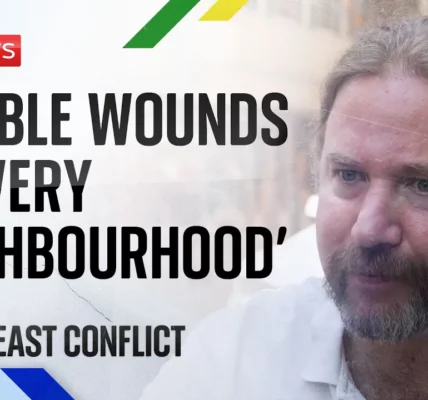Kenya Protests: Youth Movement and Government Response

This article explores the escalating protests in Kenya, highlighting the persistent discontent among the youth and the government’s response to the unrest. The protests, sparked by social injustices and unmet promises, are reshaping the political landscape in the country.
Introduction
The streets of Nairobi are currently alive with fervent protests as citizens express their discontent towards President William Ruto’s government. This wave of protests is not merely a reaction to a single legislative proposal but embodies a broader frustration with socio-economic conditions, particularly among the youth. As the government struggles to manage these demonstrations, a deeper examination reveals the underlying issues driving this civil unrest.
The Nature of the Protests
The protests in Kenya are characterized by a notable resilience and determination among the demonstrators. The protests are fueled by a general sentiment of betrayal and anger, particularly following violent incidents involving law enforcement.
Key Drivers of Discontent
- Police Violence: Recent police actions have led to the deaths of at least 22 individuals, igniting outrage across the nation.
- Economic Challenges: High unemployment rates and rising living costs have intensified frustrations among the youth.
- Broken Promises: During his campaign, President Ruto made commitments to create job opportunities for young people, which remain unfulfilled.
Public Sentiment
The mood on the streets reflects a profound sense of courage among the protesters. Many are willing to confront armed police forces, showcasing their determination to voice their grievances. This fearless attitude signals a shift in how the youth perceive their power in demanding change.
Government Response to Unrest
In the face of escalating protests, President Ruto’s government has had to navigate a complex landscape of public dissent. Initially adopting a confrontational stance, the government has since shifted towards dialogue.
From Hostility to Concession
President Ruto’s initial response was one of aggression, labeling the protests as hijacked by criminals. However, this stance quickly changed following public outcry, leading to a call for national dialogue with the youth.
Implications of the Shift
- Increased Engagement: The government’s willingness to engage in dialogue may signal a recognition of the need for reform.
- Potential for Change: This shift could open avenues for addressing the issues raised by the youth, potentially leading to policy changes.
Voices of the Protesters
The protesters, predominantly young males, express a collective anguish over their situation. Many are actively seeking employment and are disillusioned by unfulfilled promises from their leaders.
Personal Stories
Many protesters have shared their personal struggles, highlighting the challenges of finding stable jobs. One individual remarked, “Get me a job, let me work with you,” underscoring the desperation for economic opportunity.
Symbolism in Protests
The protests have also taken on symbolic meanings, representing a broader fight against systemic issues. The use of makeshift weapons, such as stones and slingshots, illustrates the lengths to which individuals will go to stand against perceived injustice.
Conclusion
The ongoing protests in Kenya represent a crucial moment in the country’s socio-political landscape. As the youth continue to mobilize and express their discontent, the government faces mounting pressure to address their grievances. The call for national dialogue is a pivotal step, but whether it will translate into meaningful change remains to be seen. It is essential for both the government and the citizens to engage in constructive conversations to pave the way for a more equitable future.
If you wish to stay updated on the developments in Kenya and the ongoing protests, consider exploring our related articles on youth movements and government responses to civil unrest.
“`




